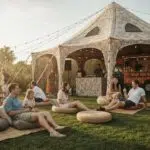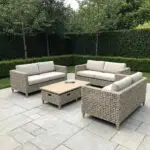In event planning, a well-designed tent layout creates an inviting atmosphere and ensures smooth logistics. Maximizing space and maintaining flow not only enhance guest experience but also streamline seating, storage, and emergency access. This article outlines key considerations for selecting tent types and arranging layouts that work seamlessly with environmental conditions, user groups, and campsite limitations.
Key Takeaways
- A strategic tent layout maximizes space, enhances traffic flow, and improves guest comfort.
- Dome, cabin, backpacking, and pop-up tents offer unique benefits in space utilization and functionality.
- Organized gear placement and attention to campsite conditions improve safety, accessibility, and environmental compatibility.
- Tailored layouts meet the distinct needs of families, couples, or solo campers.
- Interactive visual guides help avoid layout pitfalls and create engaging event spaces.
What Are the Key Tent Types and Their Layout Benefits?
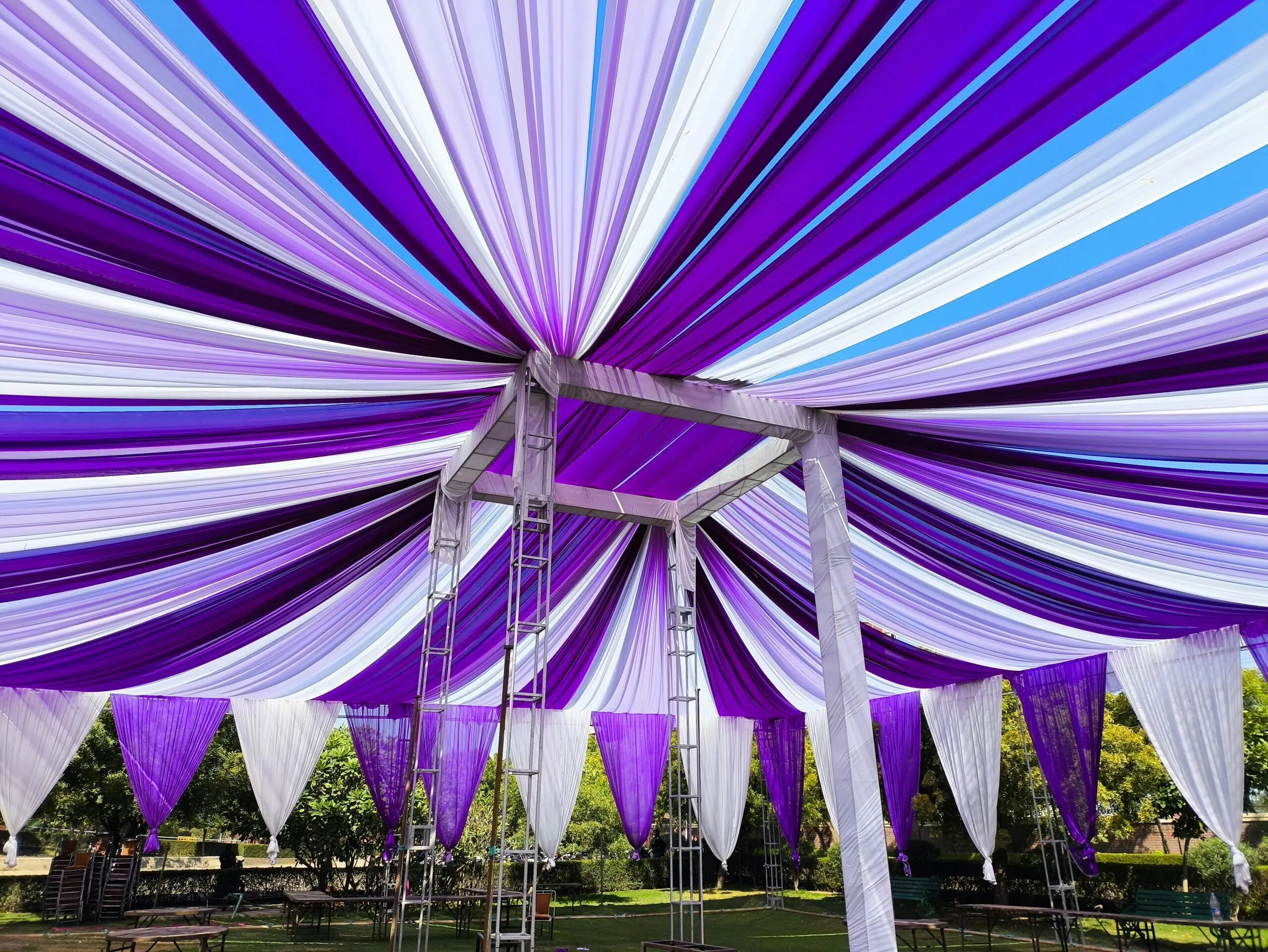
Different tent types offer advantages that enhance both aesthetics and practicality. Dome tents, for example, provide a spacious interior with a high ceiling that creates an open, airy feel, while cabin tents offer compartmentalized spaces ideal for private conversations or VIP areas.
How Does a Dome Tent Layout Maximize Space and Comfort?
Dome tents feature a curved roof that increases interior volume and reduces the need for support columns. This design creates more headroom and a natural flow of movement. With absence of pillars, arranging furniture becomes flexible, making these tents ideal for events that require both conversational and performance spaces.
What Are the Best Layout Strategies for Cabin Tents?
Cabin tents use straight walls to create clearly defined zones for dining, lounging, and stage areas. Strategic placement of partitions and built-in seating enhances organization and reduces clutter. This structured layout is perfect for corporate events and exhibitions where maintaining a professional appearance is essential.
How to Optimize Backpacking Tent Layouts for Efficiency?
Backpacking tents are designed for compactness. To optimize these spaces for multi-day events in remote areas, use modular organizers that can be rearranged to create sleeping areas, storage zones, and small communal spaces. Maximizing vertical storage and using collapsible furniture further enhances usable space in limited interiors.
When Should You Choose a Pop-Up Tent Layout?
Pop-up tents are perfect for quick deployment due to their rapid setup and adaptable configuration. Their flexible design is ideal for spontaneous gatherings, pop-up markets, or festival sessions where speed is crucial. Lightweight construction allows for on-the-fly adjustments to meet immediate needs.
What Are the Step-by-Step Methods to Set Up an Effective Tent Layout?
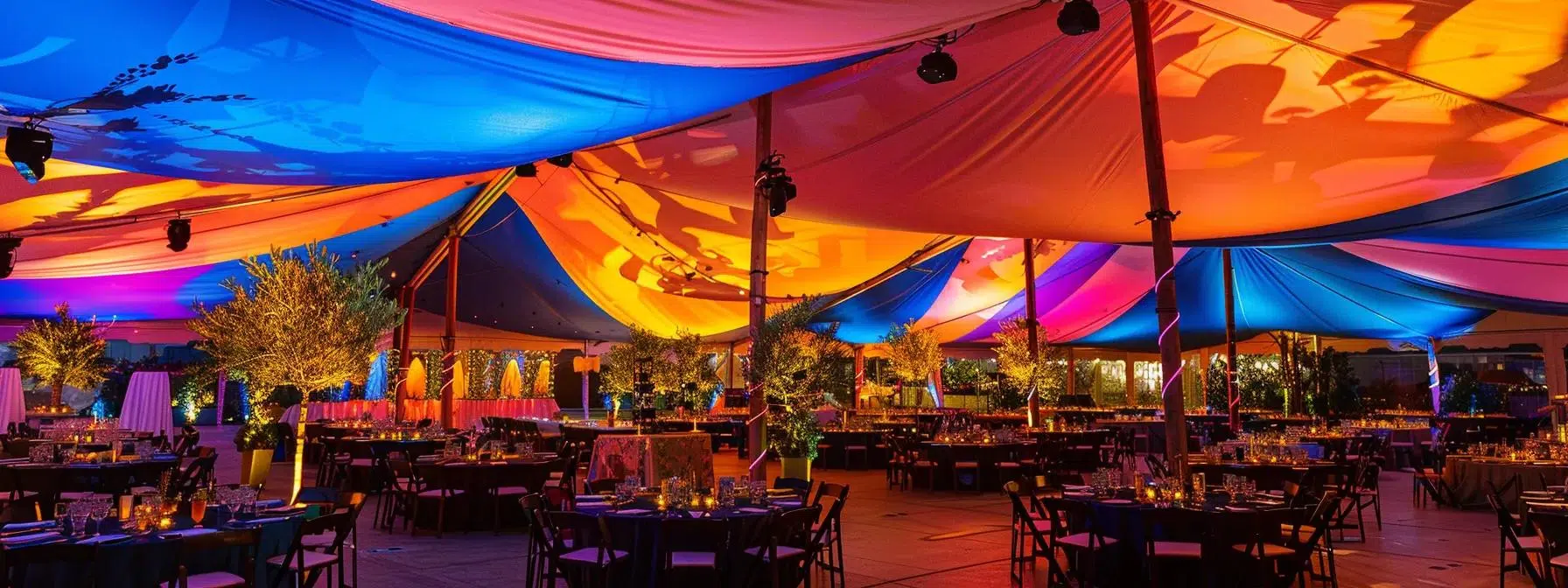
Effective tent layout setup requires systematic planning to ensure optimal use of space from start to finish.
How Do You Choose the Right Tent Size and Model for Your Needs?
Begin with a detailed guest list and measure the available space. Compare various models based on dimensions, load capacity, and layout flexibility. Early decisions about tent size and style pave the way for a smooth event setup.
What Are the Best Practices for Tent Setup to Maximize Space?
Start by marking the tent location and orienting it according to natural features. Use a grid system to plan internal divisions and designate clear pathways. Secure the structure with proper tie-downs and adjust support beams to ensure stability and uniform space allocation.
How Can You Arrange Sleeping and Living Areas for Maximum Flow?
Divide the tent into specific zones for sleeping, lounging, and storage using lightweight partitions. Maintain an open central aisle to facilitate movement and ensure safe, unobstructed exits during emergencies.
How Can Interactive Tools and Visual Guides Enhance Tent Layout Planning?
Interactive tools and visual guides simplify the design process, enabling planners to experiment with different configurations and identify potential problems before setup.
What Are the Benefits of Using Tent Layout Diagrams and Visuals?
Diagrams offer a clear, visual overview of the tent space, highlighting any inefficiencies and helping to adjust gear placement as needed. This visual approach ensures that every element—from movement pathways to seating—is well-planned for safety and functionality.
How Can an Interactive Tent Layout Planner Improve Your Setup?
Using an interactive planner allows event organizers to digitally arrange furniture, adjust tent dimensions, and test multiple configurations in real time. This reduces the chances of setup errors and helps create a precise, adaptable floor plan.
Where to Find Expert Tent Layout Examples and Case Studies?
Industry websites, event planning blogs, and rental service providers often showcase successful tent layouts and case studies. These examples provide insights into best practices and common mistakes, offering practical solutions that can be adapted to various events.
What Are Common Tent Layout Mistakes and How Can You Avoid Them?
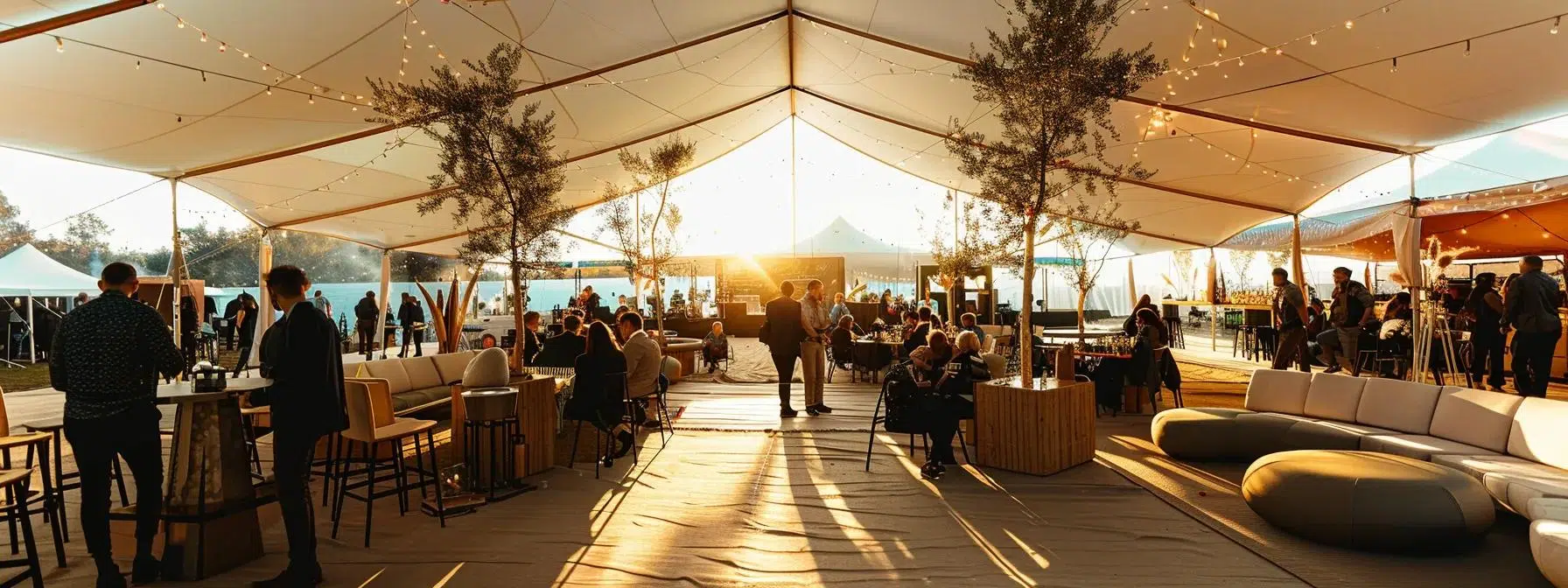
Avoiding common layout mistakes is key to ensuring an efficient and visually appealing space. Errors such as improper gear placement and overcrowding can hinder movement and detract from the event experience.
How Does Poor Gear Placement Affect Tent Comfort and Flow?
Incorrect gear placement leads to cluttered walkways and safety hazards. When essential items are hidden or storage zones are overcrowded, guest comfort decreases and navigation becomes difficult.
What Are the Signs of Inefficient Tent Layouts?
Signs of an inefficient layout include congested pathways, poor ventilation leading to overheating, and visible clutter. Difficulty in finding seating or essential items often indicates that reconfiguration is needed.
How Can You Quickly Adjust Your Tent Layout for Changing Conditions?
Flexibility is essential when unexpected changes occur, such as weather shifts or sudden increases in guest numbers. Quickly reposition partitions or shift furniture to reopen pathways and adapt storage zones, ensuring continuous flow and guest safety.
Frequently Asked Questions
Q: How do different tent types impact guest experience at events?
A: Dome and cabin tents offer unique space and flow advantages that directly enhance guest comfort and safety.
Q: What are the most effective storage solutions for clutter-free tent layouts?
A: Modular shelving, collapsible bins, and under-seat organizers maintain clear pathways while keeping gear organized.
Q: Why is it important to tailor tent layouts for different user groups?
A: Custom layouts meet the unique needs of families, couples, and solo campers by creating dedicated zones and ensuring privacy.
Q: What role do interactive planning tools play in setting up an event tent?
A: They help visualize space, experiment with configurations, and make precise adjustments, reducing setup errors.
Final Thoughts
Maximizing your tent layout requires creativity, strategic planning, and adaptive design. By understanding the advantages of various tent types, organizing gear efficiently, and considering environmental factors, event planners can create spaces that are both comfortable and functional. Interactive tools further refine the setup by allowing real-time adjustments that improve flow and safety. With these strategies, premium event venues transform into dynamic spaces that leave a lasting impression on every guest.

